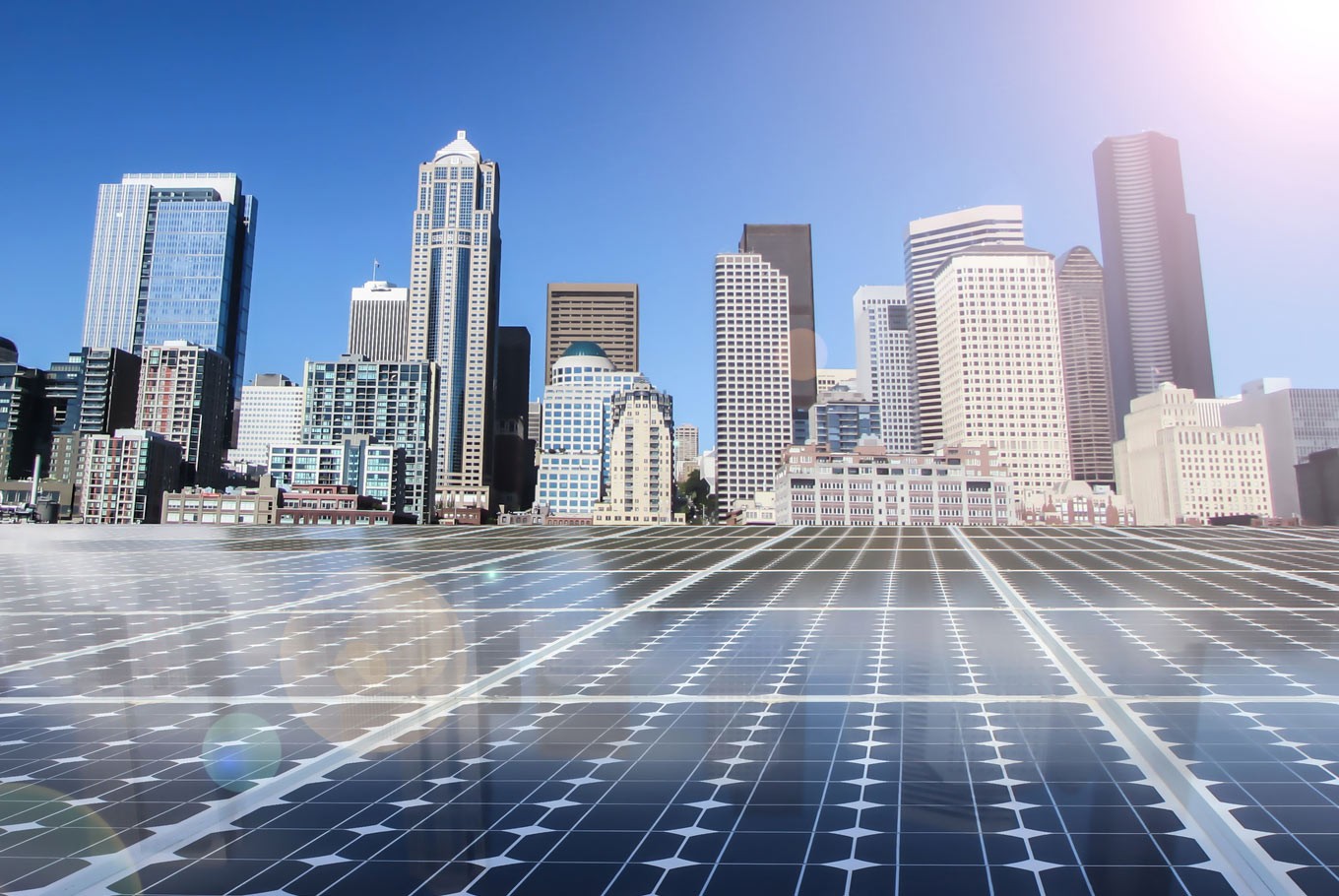David Li and Fajar Ibnu Ramadhan
 The Belt and Road Initiative (BRI), unveiled by Chinese President Xi Jinping in September 2013 to reawaken and extend the old Silk Road for enhanced international trade, development and cooperation, will account for 30 percent of global gross domestic product. But the BRI will require up to US$6 trillion of investment by 2030. Funds are being strategically invested in transport, energy and infrastructure projects along several economic corridors, from China into Central Asia, the Middle East, Europe, Southeast Asia and Africa. While Chinese public capital is being used as an initial stimulus, investment on this scale cannot be driven by this source alone, private capital is needed to fund BRI projects as well.
The Belt and Road Initiative (BRI), unveiled by Chinese President Xi Jinping in September 2013 to reawaken and extend the old Silk Road for enhanced international trade, development and cooperation, will account for 30 percent of global gross domestic product. But the BRI will require up to US$6 trillion of investment by 2030. Funds are being strategically invested in transport, energy and infrastructure projects along several economic corridors, from China into Central Asia, the Middle East, Europe, Southeast Asia and Africa. While Chinese public capital is being used as an initial stimulus, investment on this scale cannot be driven by this source alone, private capital is needed to fund BRI projects as well.
Meanwhile, global demand for sustainable infrastructure is similarly booming, estimated to exceed $90 trillion between 2015 and 2030. It is now widely accepted throughout the region that there is a massive need for green infrastructure, transport, renewable power and water services along significant trade routes.
The green finance market — which comprises investments with an environmental benefit or which promote sustainability or fight against climate change — has previously struggled to meet investor demand, suffering from a lack of investment opportunities on the scale required by institutional investors. The scale of the BRI meets the demand for greater green finance opportunities.
It offers a range of projects and investments suitable for private capital, many of which will be energy and infrastructure-based and will require both private and public funding. This includes projects which can be made more sustainable by incorporating low-carbon technology, making them attractive to investors clamoring for green investments. Finance for the BRI is expected to come in a variety of forms, including green loans, green bonds and green sukuk financing.
Additionally, this greening of the BRI is in line with China’s growing role in leading global efforts to combat climate change, with the UN signing an agreement with China in December to promote the sustainable development of the BRI.
Indonesia has ambitious infrastructure improvement plans, particularly regarding energy, transport hubs and agricultural production. International Finance Corporation (IFC) estimates that there will be $274 billion of green investment opportunities in Indonesia in 2016 to 2030. This provides a breadth of opportunities, including large scale projects, which could generate investment under the green Belt and Road.
As private capital looks to the region for investment opportunities, Indonesia can offer a range of attractive green projects — including investments — to develop infrastructure and provide sustainable energy in a rising emerging market economy, with initial stimulus provided by Chinese public funds.
As an example, in May 2017 a consortium of Indonesian and Chinese companies building Indonesia’s first high-speed railway signed a $4.5 billion loan with China Development Bank. High speed railway projects are a well-established green use of proceeds, so green bonds or sukuk issued by Indonesian entities could be used to plug funding gaps in this project. The government of Indonesia signaled its support of green finance when it recently issued the world’s first sovereign green sukuk, which complies with the ASEAN Green Bond Standards.
Despite the interest in green investment opportunities, investors will generally only participate in projects they deem to be commercially viable. Whereas state-owned Chinese banks may be pressured to pour money into projects with questionable economic viability in the name of furthering the Belt and Road initiative, other investors may have a more limited risk appetite.
Risks include underdeveloped credit markets, inconsistent regulatory regimes and poor infrastructure, which make the initiation of local BRI projects problematic. Economic stability should — at least in theory — significantly increase once investment has been pumped in. With functioning transport links, infrastructure and affordable renewable energy supplies, local economies can grow, creating the ability to benefit from further investment opportunities.
The benefits of the green BRI are expected to be widespread throughout the region. The development of each economic corridor will connect many remote locations to trading hubs, lowering entry barriers to supply chains which would otherwise have been unsustainable. This may have a positive effect on trade, cutting the logistical cost of imports and exports. Allowing the vital development of renewable power infrastructure will also promote sustainable economic development in these regions.
The present trajectory of Chinese policy shifting in favor of a green economy indicates that demand for green investments could finally begin to be satisfied. A green Belt and Road project — especially in a rising economy such as Indonesia — will be attractive to a more diverse array of investor capital. The BRI is at a pivotal point; it can become a useful tool to lock in sustainable, low carbon technology, to aid the financing of infrastructure and development projects for decades to come, while ensuring access to diverse funding from international investors.
We believe the goals of sustainability and economic development are achievable and will increase investment and resilience of projects in the Belt and Road initiative.
No comments:
Post a Comment